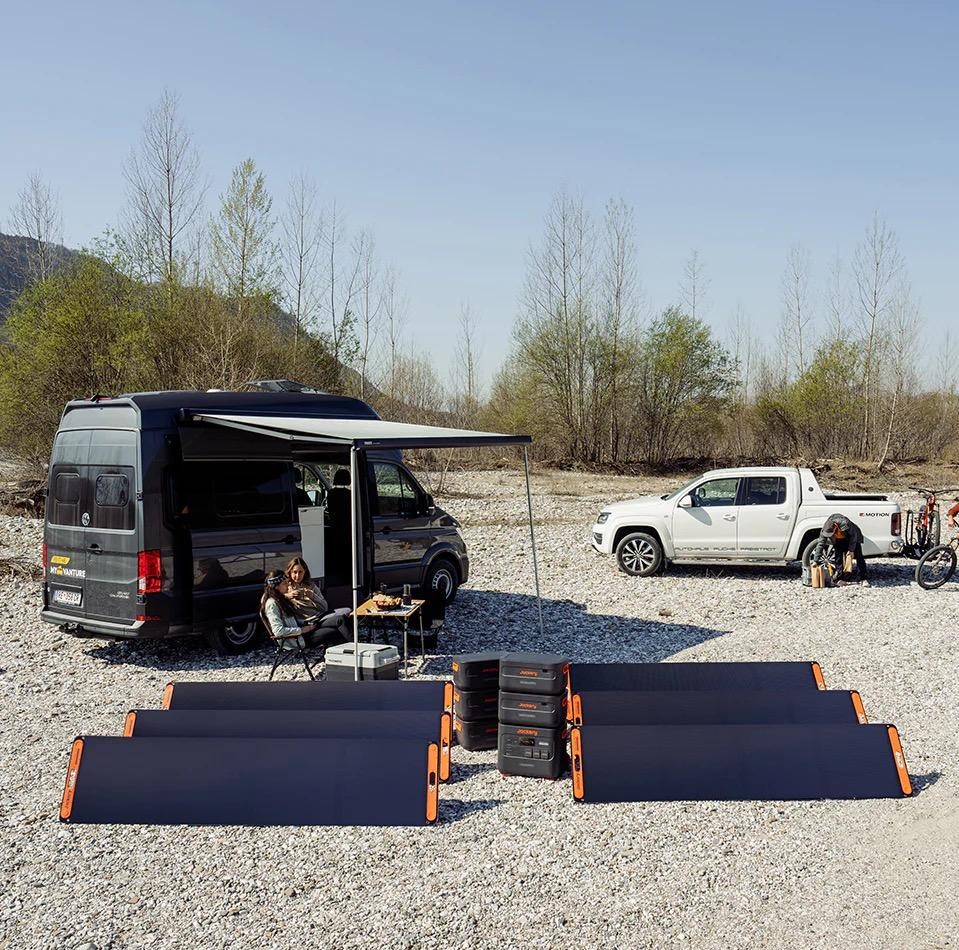Construction equipment represents a significant investment for contractors and construction firms. Properly maintaining this equipment not only ensures safety and efficiency but also extends its lifespan, ultimately protecting your investment. Preventive care is crucial in the construction industry, where heavy machinery is subjected to harsh conditions and intense workloads. Here’s a comprehensive guide on how to effectively implement preventive maintenance strategies to maximize the longevity of your construction equipment.
1. Establish a Maintenance Schedule
The foundation of effective preventive care is a well-structured maintenance schedule. Create a detailed plan that outlines when each piece of equipment will receive routine checks and servicing. This schedule should include daily, weekly, monthly, and annual maintenance tasks. Regular inspections can help identify potential issues before they escalate into costly repairs or replacements.
Daily Checks
Conducting daily checks can help catch minor problems before they worsen. Operators should inspect fluid levels, tire pressures, and any visible wear and tear. Ensuring that equipment is clean and free of debris can also prevent clogs and overheating.
Weekly and Monthly Maintenance
Weekly tasks may include lubricating moving parts, checking hydraulic systems, and tightening loose bolts. Monthly inspections should be more comprehensive, covering filters, belts, and hoses. If equipment operates under particularly demanding conditions, consider increasing the frequency of these checks.
Annual Overhauls
An annual overhaul is an opportunity to perform in-depth inspections, replace worn parts, and service major components. This proactive approach can significantly reduce the likelihood of unexpected breakdowns.
2. Follow Manufacturer Guidelines
Every piece of construction equipment comes with a manufacturer’s manual, which provides specific maintenance recommendations. Adhering to these guidelines is vital. They often include intervals for oil changes, filter replacements, and parts inspections tailored to the equipment’s design and intended use. By following these recommendations, you can ensure optimal performance and longevity.
3. Invest in Training
Well-trained operators play a pivotal role in the preventive care of construction equipment. Providing regular training sessions for your team can equip them with the skills needed to operate machinery safely and efficiently. Operators should be trained to recognize the early signs of equipment malfunction and understand proper maintenance procedures.
Operator Responsibilities
Operators should be encouraged to take responsibility for daily inspections and routine maintenance. They are often the first line of defense against equipment failure and can identify issues that may go unnoticed by others. Empowering your team with knowledge and responsibility can lead to a more proactive maintenance culture.
4. Monitor Equipment Performance
Implementing a system to monitor equipment performance can provide valuable insights into maintenance needs. Utilize technology such as telematics and equipment management software to track usage patterns, fuel consumption, and performance metrics. This data can help identify when equipment is underperforming and may require maintenance or repairs.
Early Warning Systems
Many contemporary construction machines are fitted with sensors that notify operators of potential problems. These advanced systems monitor essential variables such as oil pressure and temperature. Promptly addressing these alerts is crucial, as it can help prevent minor issues from escalating into significant failures, including the need for hydraulic hose repair in New Bern, NC.
5. Keep Detailed Records
Maintaining detailed maintenance records is essential for tracking the history of your equipment. Documenting every service, repair, and inspection creates a comprehensive log that can help identify recurring issues and inform future maintenance decisions. This practice can also assist in warranty claims and resale evaluations.
Utilizing Software
Consider using maintenance management software to streamline record-keeping. Such tools can automate scheduling, remind you of upcoming maintenance tasks, and store historical data for easy access.
6. Focus on Cleanliness
Keeping your construction equipment clean is an often overlooked aspect of maintenance. Regular cleaning can prevent the accumulation of dirt, debris, and corrosive materials that can lead to mechanical failures. After each job, ensure that equipment is thoroughly washed and inspected. Pay special attention to critical components like hydraulic systems and electrical connections, which can be adversely affected by dirt and moisture.
7. Use Quality Parts and Fluids
When it comes to replacement parts and fluids, always choose high-quality options that meet or exceed manufacturer specifications. Using substandard parts can lead to premature wear and tear, increasing the frequency of repairs. Invest in reputable brands to ensure reliability and compatibility with your equipment.
In Conclusion
Extending the lifespan of construction equipment requires a proactive approach to maintenance and care. By implementing a comprehensive preventive maintenance program, following manufacturer guidelines, investing in operator training, and utilizing technology, you can significantly enhance the durability and performance of your machinery. Remember, the goal is not only to keep your equipment running but to do so efficiently and safely, ultimately maximizing your investment and minimizing downtime. With the right strategies in place, you can ensure that your construction equipment serves you well for years to come.

















